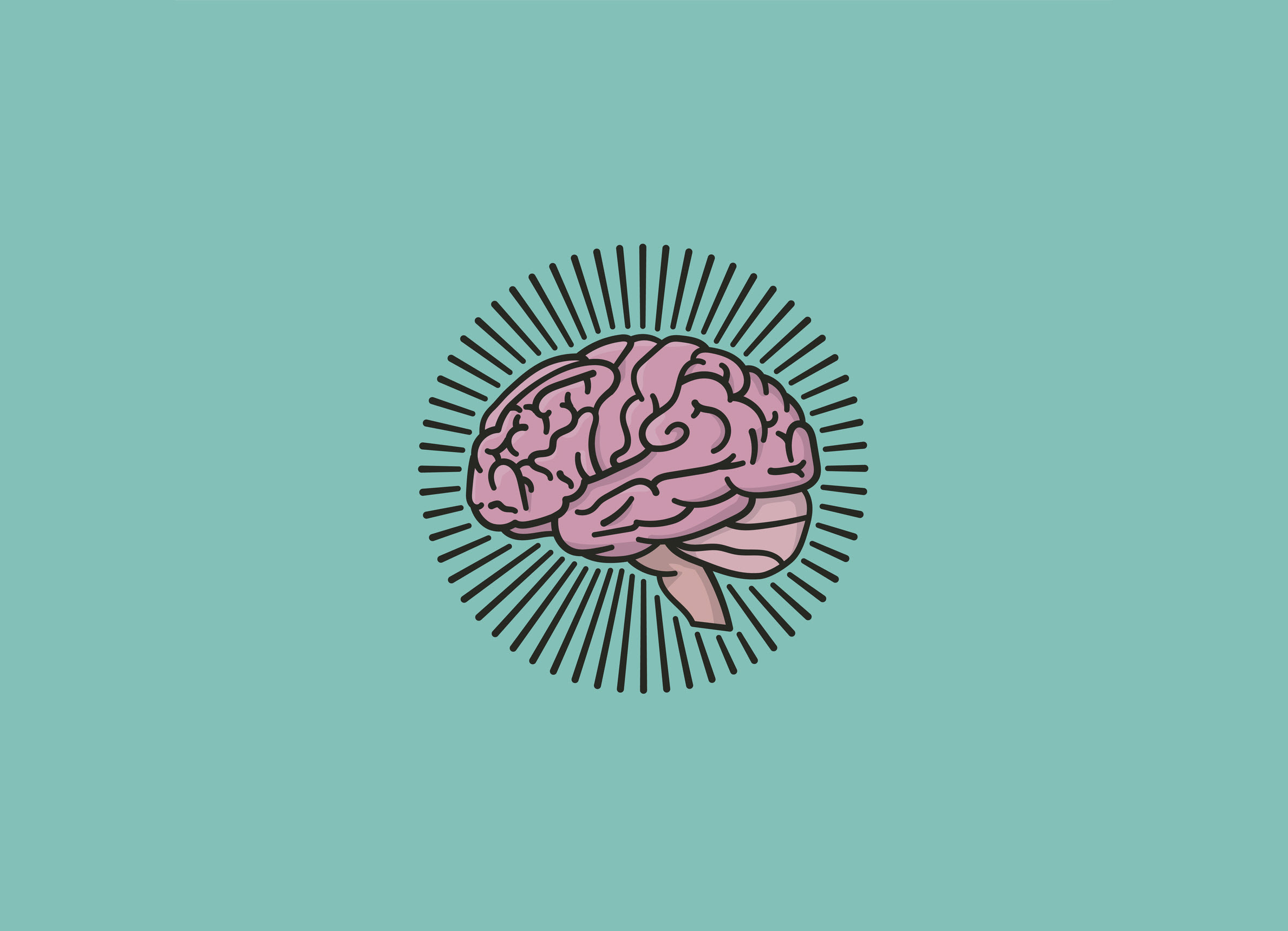Managing the Treatment of Traumatic Brain Injuries in Injured Workers
Traumatic brain injuries (TBIs) are costly, averaging around $136,000 in incurred costs, whereas lost-time claims typically average $51,000. However, early intervention that includes the proper assessment and care can make all the difference in providing the best possible outcome.
October 25, 2022

Traumatic brain injuries are a common type of head injury in workers’ compensation, accounting for roughly 60 percent of head injury claims. While common, they drastically vary in the level of care necessary for recovery. Some may leave a worker temporarily incapacitated, while more severe cases may require invasive surgical procedures and even leave the individual permanently disabled.
“Those that have suffered a traumatic brain injury may never fully regain their independence or return to work due to their assistance needs,” said Lisa Strader, Senior Medical Manager. “Recovery depends heavily on the quality of care that an injured worker receives, and it has to happen in an extremely timely matter. The long-term side effects can affect everything from mood and behavior to overall cognitive abilities, and the longer care is delayed, the more drastic those side effects may be.”
While not designed to replace medical advice, having some general understanding of how these injuries are classified and treated can prove beneficial in providing care and better outcomes for an injured worker.
Brain Injury Classification
Brain injuries are classified by a range of factors used to identify the severity and predict possible outcomes. Some of these classifications include:
- Glasgow Coma Scale (GCS) – This is a primary indicator used to objectively describe the extent of impaired consciousness, using a 15-point scale with three subcategories. It focuses on the injured worker’s ability to open eyes, motor responses and verbal responses to commands.
- Rancho Los Amigos Scale – This scale tracks the cognitive recovery of brain function from the deep brain to the cortex, assigning a level based on the injured worker’s ability to respond after a coma and how much assistance is necessary.
- Duration of post-traumatic amnesia – This is the duration of time a patient is unable to form memories of ongoing events, which can be a valuable predictor of outcomes. Often, hospitals do not collect this, though, and there can be discrepancies in scoring.
- Type of injury – Injuries can be divided broadly into focal and diffuse injuries, where focal injuries impact a very specific area of the brain, and diffuse injuries impact several brain areas. Typically, there is also a classification of primary and secondary injury. Primary injuries occur at the time of injury and are induced by mechanical forces. Secondary injuries may be delayed from the moment of impact and impact a brain already affected by a mechanical injury.
TBI Treatment & Recovery
The treatment and recovery of TBIs is extremely individualized, varying based on how an injured worker responds to both the injury and the treatment. Three main factors generally impact prognosis, including co-morbidities, type of injury and level of treatment. Patients with pre-existing psychological conditions and individuals over 55 may not recover or have a much more difficult path to recovery based on the brain’s ability to heal.
Injury factors may include the severity of the injury, duration of the coma, location and type of injury and other factors. Hypoxic brain injuries, where oxygen is restricted to the brain, can impact the entire brain and can lead to the gradual death and impairment of brain cells.
Treatment factors may include the length of time before an individual receives care. Many hypoxic injuries result from a delay in care when an injured worker stops breathing. Some medications can also inhibit recovery from a brain injury. The most significant element in recovering from a brain injury can be the quality of the rehabilitation care they receive, making it especially critical to send brain injury patients to a center of excellence for their rehabilitation. A good rehabilitation program will continue after an individual is discharged. Follow-up treatments should include a day program and outpatient therapy to maintain their progress.

























